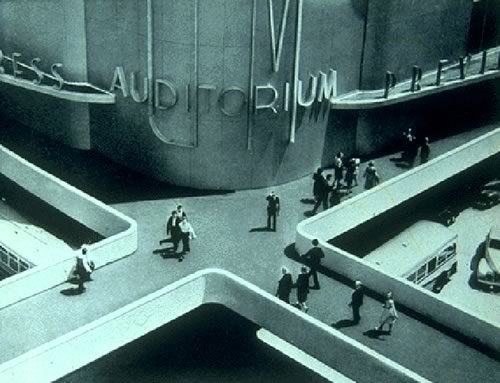I’ve talked with several people who are heads of business units who have faced up to the what of the innovator’s dilemma but aren’t sure about the how. They have the determination to make difficult changes in how they serve their customers. They have P&L responsibility, but not necessarily a large scale budget that allows them to create whole new departments to do the new work. And although they’re willing to supplant their cash cows, they need that revenue until the new offerings bring in new revenue.
So the main obstacle — innovation being mostly about the great management of great people — is finding resources that enable people to work on new development projects. Since it’s a common and important issue, I’ve started a list of the approaches that I use in addressing the problem. They’re mostly common sense, but hopefully will facilitate conversations to find a workable approach…
Add Resources Set a business goal such as increased market share or revenue from new products. Express this goal in the context of what is important to the company, such as how the goal contributes to overall positioning, or a financial model that specifies what constitutes a desirable financial return. Use this goal+context to justify investing in additional resources.
Re-Allocate Company Resources Determine what existing products and services are undesirable (e.g. “dogs”) and make the executive decision to discontinue them, re-allocating resources to new development.
Re-Allocate R&D Resources Benchmark the effectiveness of current R&D spending. Then allocate a small portion of existing R&D funding to the new development activities. Measure the effectiveness of the new activities and compare that to the benchmark, re-allocating funds as appropriate.
Share Resources Share new development costs with a partner who is interested in sharing the results.
Divide Resources Use existing resources in a lean way, such as devoting a portion of time each week to new development. Google does this by allowing employees to work on new projects every Friday.
Add Activites If the new development involves novel activities and techniques, start integrating these into existing work. Try different approaches and find what works in small, low-risk ways. Establish a comfortable, gradual approach leading up to bigger changes; help everyone feel more comfortable devoting more resources down the line once they’ve achieved some small victories.
 It’s telling that this BusinessWeek/BCG
It’s telling that this BusinessWeek/BCG 



